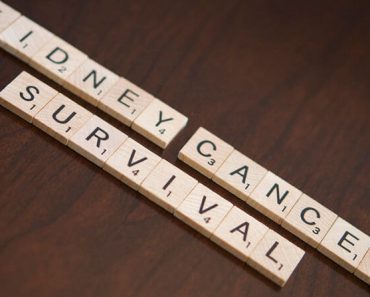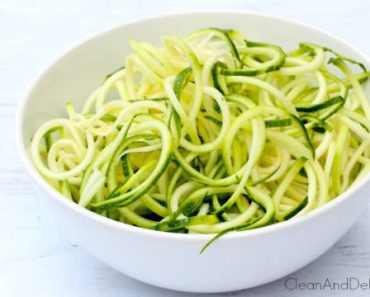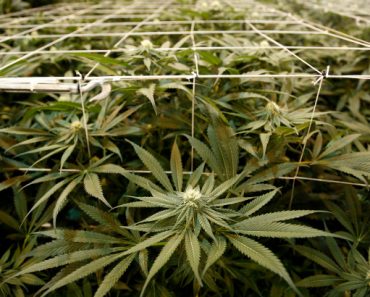There are 251 million tons of garbage dropped on US landfills every year. Most of the items thrown are made out of polyurethane – the planet destructive material. As you can see this is a big problem. And up till now it had seemed like an unsolvable one.
Since developed in 1930, polyurethane is used in soaps, leather products, garden items, fabrics and what not. The chemical bond of the element are very strong and it is considered completely non-biodegradable. Normally, it is burnt in order to get rid of, but that spreads toxic fumes in the air.
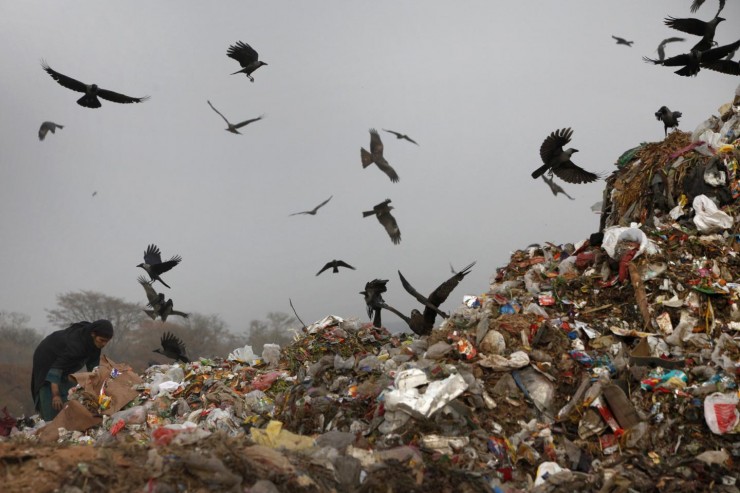
PHOTO: FAISAL MAHMOOD/REUTERS
So it seems there is no winning with polyurethane. That was up until recently. Now we may have found a natural enemy of the dreaded plastic. During an Amazon forest expedition carried out by 20 students from Yale University along with Professor Scott Strobel, a fungus was discovered that eats polyurethane.
The most remarkable thing about the microbe is that it only eats plastic – nothing else. It lives, survives and thrives on eating polyurethane. Therefore, it can be spread at the bottom of a garbage landfill and boom our trash problem can be gradually solved.
Professor Scott Strobel and his team published a paper Applied and Environmental Microbiology Journal. The paper was called “Biodegradation of Polyester Polyurethane by Endophytic Fungi” – it is a must read.
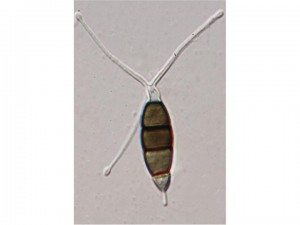
PHOTO: E. McKenzie / Landcare Research
David Schwartzman, a professor at Howard University stated the following, after reading the paper:
“It’s interesting research. I think this approach of bioremediation could be very useful in treating accumulated plastic waste, Landfills are sources of serious problems. They’re leaking methane as well as other pollutants that get into the groundwater. Some bioremediation may be necessary to deal with the huge mountainous accumulation of these waste.”
The Yale researched have dubbed the microbe Pestalotiopsis microspore. In their paper they describe how it was discovered in the Amazon. The fact that it was found in one of the most diverse natural places on earth, means it can survive and thrive in most if not all environments.
Professor Strobel said that the study is in its infancy. He explained that there is not enough development to warrant a full fledge media coverage but it is a step in the right direction.
Joel Cohen, head of the Laboratory of Populations at Columbia University and Rockefeller University is also optimistic. He says,
“Under that model, we extract [a] resource, we process the material, we sell it, and we discard it after use. The problem with that model is, there is no longer a way to throw things away; what we discard comes back to bite us, one way or another. This study is part of a larger effort to replace that with a circular model.”

PHOTO: Gawker
Currently the Yale students are researching on how to create the fungus in a laboratory. If successful, a mass product of the microbe will take place and it will be sought to deploy on landfill sites.
The researchers don’t want to be hasty. A researcher said, “This research is of value, but we should be quite cautious about the application. I would be very leery of releasing some organism into [a new] environment. That’s fraught with a lot of potential dangers.”
Let’s hope that there is a breakthrough soon enough and we can set things right. All we have done is to destroy Mother Nature one way or the other, now there seems to be a redemption on the cards.


